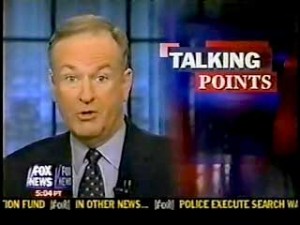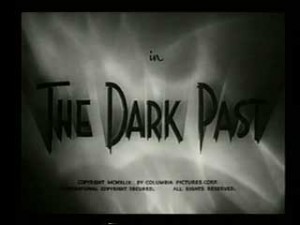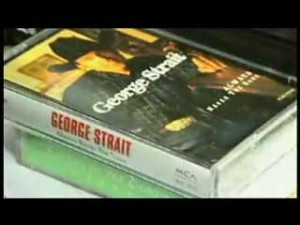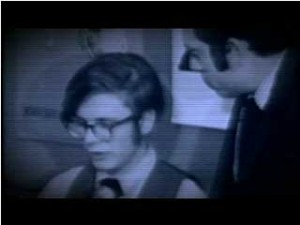Filmmakers have been successfully employing fair use, even before the Statement of Best Practices clarified their common understandings. Here are some examples of uncontested choices for fair use. They are organized here according to the principles that filmmakers articulated in the Statement, in the categories used in the Statement. These categories are only four of the most common situations for filmmakers; some uses could be hybrid, and others might fall outside these four categories. We welcome more examples at cmsimpact [at] gmail [dot] com.
Category 1: Employing Copyrighted Material as the Object of Social, Political or Cultural Critique

This class of uses involves situations in which documentarians engage in media critique, whether of text, image or sound works. In these cases, documentarians hold the specific copyrighted work up for analysis.
Click here for Category 1 examples of fair use.
Category 2: Quoting Copyrighted Works of Popular Culture to Illustrate an Argument of Point

Here the concern is with material (again, of whatever kind) that is quoted not because it is, in itself, the object of critique but because it aptly illustrates some argument or point that a filmmaker is developing–as clips from fiction films might be used (for example) to demonstrate changing American attitudes toward race.
Click here for Category 2 examples of fair use.
Category 3: Capturing COpyrighted Media Content in the Process of Filming Something Else
 Here the concern is with material (again, of whatever kind) that is quoted not because it is, in itself, the object of critique but because it aptly illustrates some argument or point that a filmmaker is developing–as clips from fiction films might be used (for example) to demonstrate changing American attitudes toward race.
Here the concern is with material (again, of whatever kind) that is quoted not because it is, in itself, the object of critique but because it aptly illustrates some argument or point that a filmmaker is developing–as clips from fiction films might be used (for example) to demonstrate changing American attitudes toward race.
Click here for Category 3 examples of fair use.
Category 4: Using Copyrighted Material in a Historical Sequence

In many cases, the best (or even only) effective way to tell a particular historical story or make a historical point is to make selective use of words that were spoken during the events in question, music that was associated with the events, or photographs and films that were taken at that time. In many cases, such material is available, on reasonable terms, under license. On occasion, the licensing system breaks down.
Click here for Category 4 examples of fair use.
